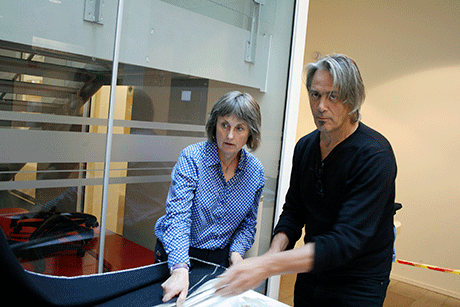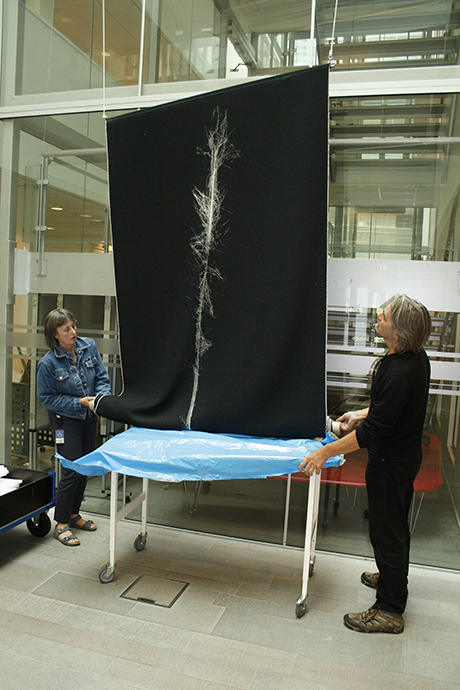 For the past two years, Dawn Sanders, Associate Professor of Biology Education at the Department of Pedagogical, Curricular and Professional Studies (IDPP), has headed the Beyond Plant Blindness: Seeing the importance of plants for a sustainable world research project, funded by the Swedish Research Council.
For the past two years, Dawn Sanders, Associate Professor of Biology Education at the Department of Pedagogical, Curricular and Professional Studies (IDPP), has headed the Beyond Plant Blindness: Seeing the importance of plants for a sustainable world research project, funded by the Swedish Research Council.
‘One of our major findings is that among student teachers in Sweden, “plant blindness” is much less widespread than what has emerged in corresponding studies on prospective teachers and their students in the US.’
Helping to change perspective
Previous research has shown that being oblivious to plants in the environment is a widespread phenomenon, especially among urban residents.
‘Our project shows that multimodal and sensory perceptions in constructed natural environments and botanical gardens help to shift perspectives, so that plants come to the fore instead of being reduced to a beautifying background,’ Sanders says.
‘We’ve developed educational tools. It’s a matter of new perspectives, asking new quick questions and offering exciting narrative stories about plants. The whole approach stems from the question “Where can a single plant take you?”’
The story of the plant depicted on the 14-metre tapestry provides an example. For over 3,000 years, European feather grass (Stipa pennata, height 50 cm), has grown in isolation on a patch of land in Västergötland about the size of a football pitch. How it got there is a mystery. The question now is how to save it in Sweden for the future.
Symposium in November
 Artists Bryndís Snæbjörnsdóttir of the Iceland Academy of the Arts and Mark Wilson of the University of Cumbria (UK), the owners and creators of the artwork in Building B, have been continuously associated with the research project.
Artists Bryndís Snæbjörnsdóttir of the Iceland Academy of the Arts and Mark Wilson of the University of Cumbria (UK), the owners and creators of the artwork in Building B, have been continuously associated with the research project.
Searching for Stipa will initially hang in Building B’s atrium garden for a year. The Beyond Plant Blindness: Seeing the importance of plants for a sustainable world research project has had several outings, notably at symposia, such as the one held in Gothenburg in November 2018, and conferences. A special issue of the research journal Plants, People, Planet is now being edited by Sanders and a book will be published.

 For the past two years, Dawn Sanders, Associate Professor of Biology Education at the Department of Pedagogical, Curricular and Professional Studies (IDPP), has headed the Beyond Plant Blindness: Seeing the importance of plants for a sustainable world research project, funded by the Swedish Research Council.
For the past two years, Dawn Sanders, Associate Professor of Biology Education at the Department of Pedagogical, Curricular and Professional Studies (IDPP), has headed the Beyond Plant Blindness: Seeing the importance of plants for a sustainable world research project, funded by the Swedish Research Council. Artists Bryndís Snæbjörnsdóttir of the Iceland Academy of the Arts and Mark Wilson of the University of Cumbria (UK), the owners and creators of the artwork in Building B, have been continuously associated with the research project.
Artists Bryndís Snæbjörnsdóttir of the Iceland Academy of the Arts and Mark Wilson of the University of Cumbria (UK), the owners and creators of the artwork in Building B, have been continuously associated with the research project.